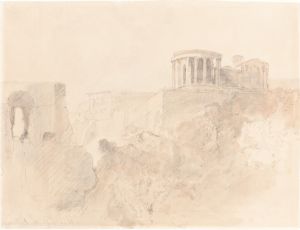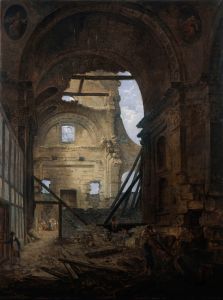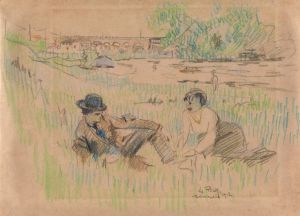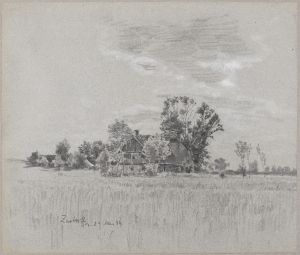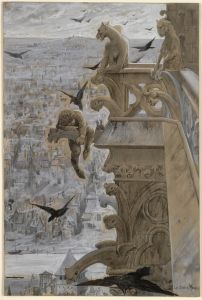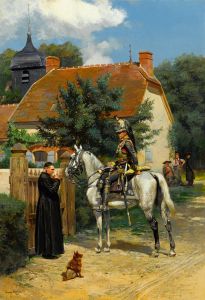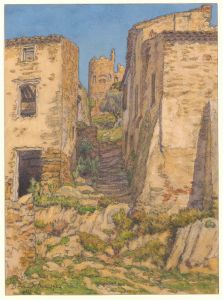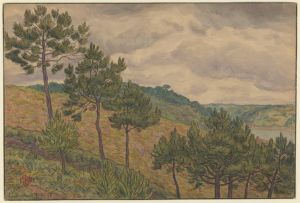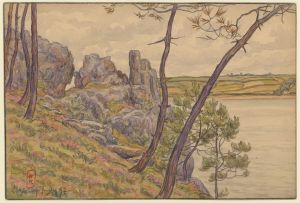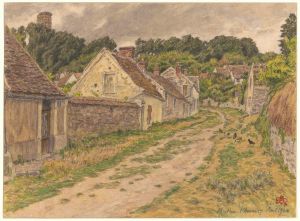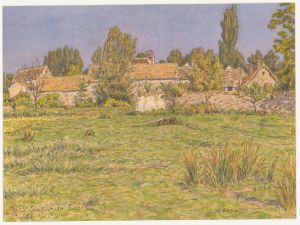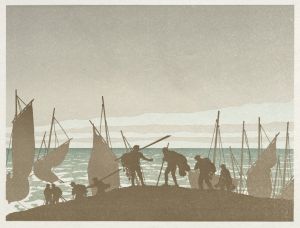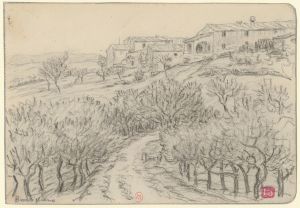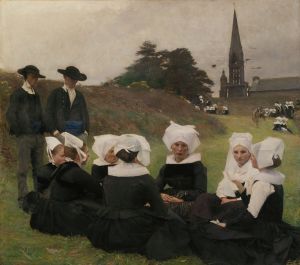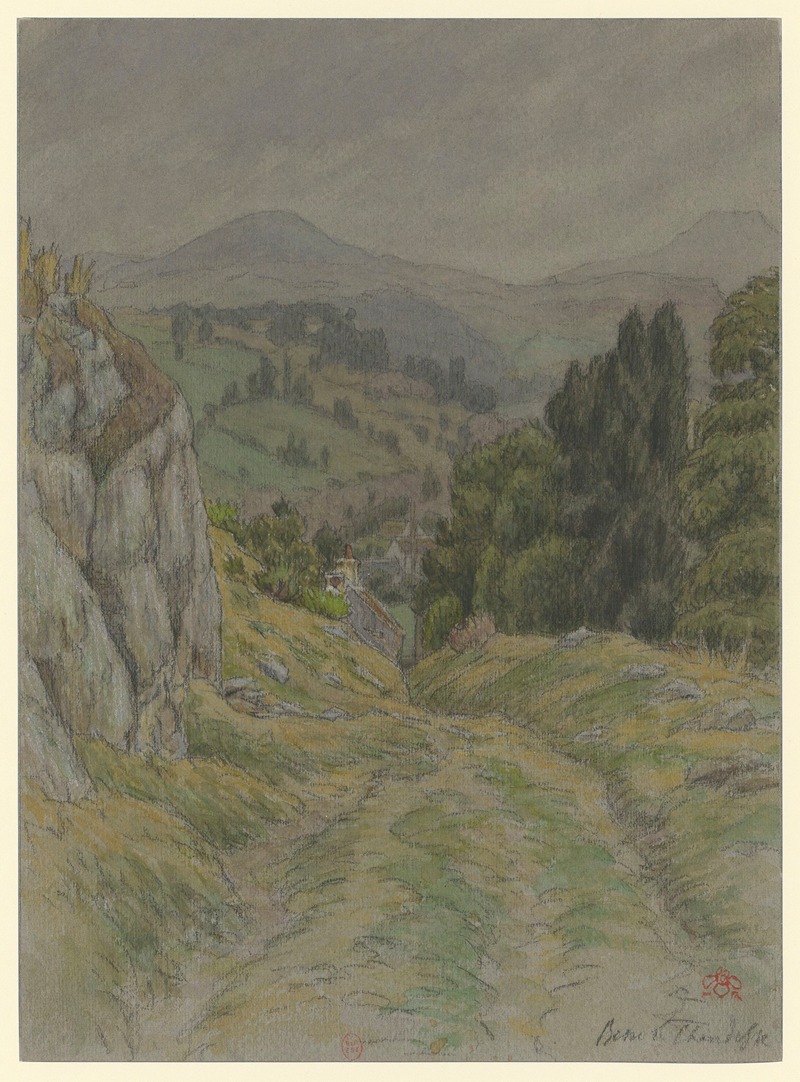
Besse-en-Chandesse
A hand-painted replica of Henri Rivière’s masterpiece Besse-en-Chandesse, meticulously crafted by professional artists to capture the true essence of the original. Each piece is created with museum-quality canvas and rare mineral pigments, carefully painted by experienced artists with delicate brushstrokes and rich, layered colors to perfectly recreate the texture of the original artwork. Unlike machine-printed reproductions, this hand-painted version brings the painting to life, infused with the artist’s emotions and skill in every stroke. Whether for personal collection or home decoration, it instantly elevates the artistic atmosphere of any space.
Henri Rivière was a prominent French artist known for his contributions to the art of printmaking and his involvement in the late 19th and early 20th-century art movements. However, there is no widely recognized artwork titled "Besse-en-Chandesse" attributed to Henri Rivière. Rivière is best known for his work in color lithography and his innovative use of the medium to capture the essence of the French landscape and urban scenes.
Rivière was born in Paris in 1864 and became associated with the artistic circles of Montmartre, a hub for artists and bohemians during that period. He was particularly influenced by Japanese ukiyo-e prints, which inspired his approach to composition and color. This influence is evident in his most famous series, "Les Trente-six Vues de la Tour Eiffel" (The Thirty-six Views of the Eiffel Tower), which echoes the style and thematic exploration of Hokusai's "Thirty-six Views of Mount Fuji."
Throughout his career, Rivière focused on capturing the beauty of the natural world and the changing landscapes of France. His works often depict scenes from Brittany, where he spent considerable time, as well as other regions of France. Rivière's prints are characterized by their delicate lines, harmonious color palettes, and a keen sense of atmosphere, which together create a sense of tranquility and timelessness.
In addition to his lithographs, Rivière was also involved in theater and shadow play, contributing to the artistic community at the Chat Noir cabaret in Paris. This venue was a gathering place for avant-garde artists and writers, and Rivière's involvement there further cemented his role in the cultural life of the time.
Despite his contributions to art, specific information about a work titled "Besse-en-Chandesse" by Henri Rivière is not available in widely accessible art historical records or collections. It is possible that such a work may exist in private collections or under a different title, but without verifiable sources or documentation, it remains outside the scope of recognized art historical scholarship.
Rivière's legacy, however, is well-documented through his existing body of work, which continues to be celebrated for its innovative approach to printmaking and its reflection of the natural beauty of France. His works are held in various museums and collections, where they continue to be studied and appreciated by art enthusiasts and scholars alike.
In summary, while Henri Rivière is a significant figure in the world of printmaking and French art, there is no confirmed information about a specific artwork titled "Besse-en-Chandesse" by him. His known works remain influential, and his contributions to the art world are recognized for their unique blend of Western and Eastern artistic traditions.





